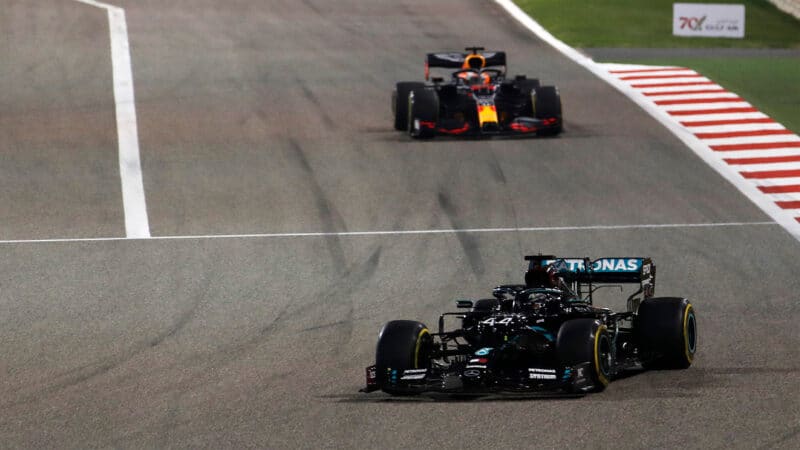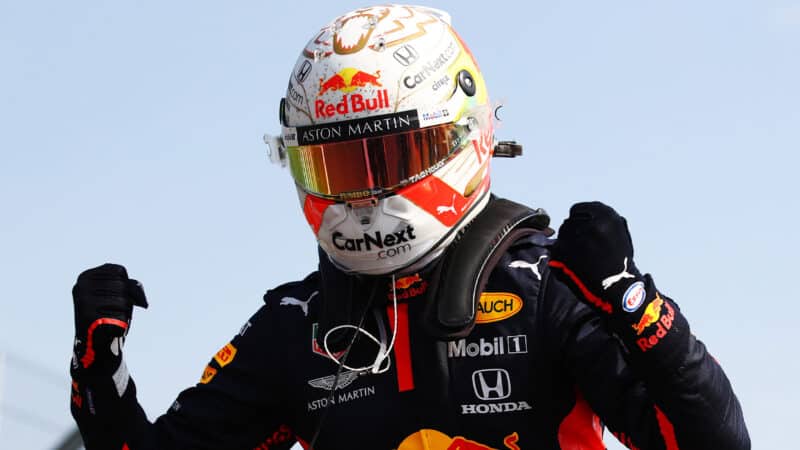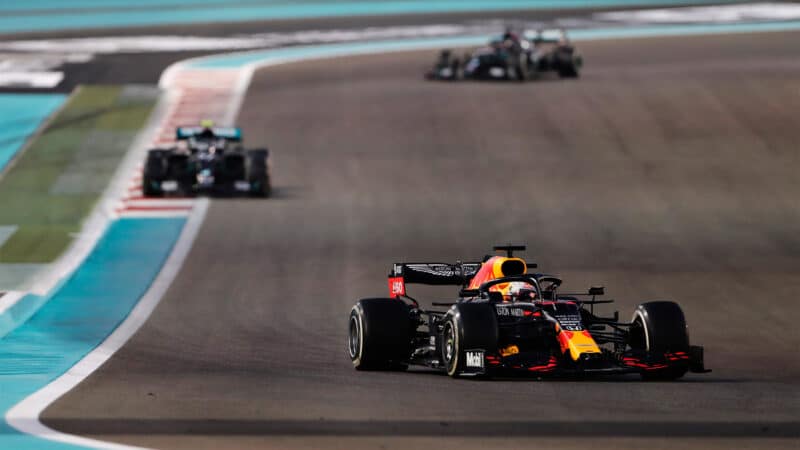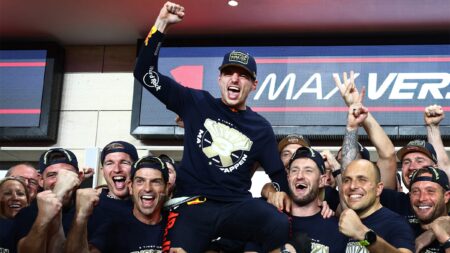Ironically, a key reason why it had taken the team a while to fully uncover the potential of the 2020 car was Verstappen’s off-the-scale ability. He’d initially made it seem as if the development path they were on in the first part of the delayed season (it began in Austria in June rather than Melbourne in March) was a fruitful one. But it was a dead-end, one which they’d had to reverse out of from mid-season.
Initially, the more agile they were making the RB16B in slow corners, the faster Verstappen was going despite the deterioration in rear stability – and despite Albon in the second car being left further behind. That was the vital clue and when even Verstappen could find no more from it, it confirmed the set up direction had reached a dead-end.
Even with the sophistication of modern simulation tools, there’s no telling in advance just how far a new aerodynamic philosophy will take you when you embark upon it. The relative development potential of competing philosophies is not a knowable thing until it’s happening, until the track reality begins to reward or smack down the theories. Verstappen’s ability to derive lap time from quicker rotation into slow corners without losing time from the rear instability which comes as part of that had disguised where the most fruitful development path was. All the aerodynamic development parts which had been produced in those first few months of the season – and the set-up direction around them – had been heading the team down a cul-de-sac. Max had continued making lap time gains, but the gains were smaller than those being made by Mercedes. Once this was understood, it took several months to get the development programme turned around and heading in a different – ultimately more fruitful – direction. Only then were the gains made to Mercedes.

Verstappen began his Hamilton challenge long before 2021’s visit to Bahrain
Red Bull
“We started 2020 not far off Mercedes,” recalled Wache at the time, “and we had a massive down in the middle of the season before coming up again. Clearly we went in the wrong direction and we recovered. That’s where we missed something in our analysis in terms of development direction. We identified that and what the driver could use as performance. We had some characteristics that made it very difficult to extract the theoretical performance from and what we identified after mid-season – this characteristic was the main limitation of the car and we moved away from it. At the end of the season we could confirm this and that gave us a good foundation for ’21.
“Max’s ability was a contributory cause to the problem we had. He has an ability to control this sort of instability that would be impossible for some others. We know that sometimes, making a car on the edge in this way can create a quicker car. You don’t realise you went too far in the wrong direction because you are extracting more lap time from the car. And that was only because he has so much talent.




